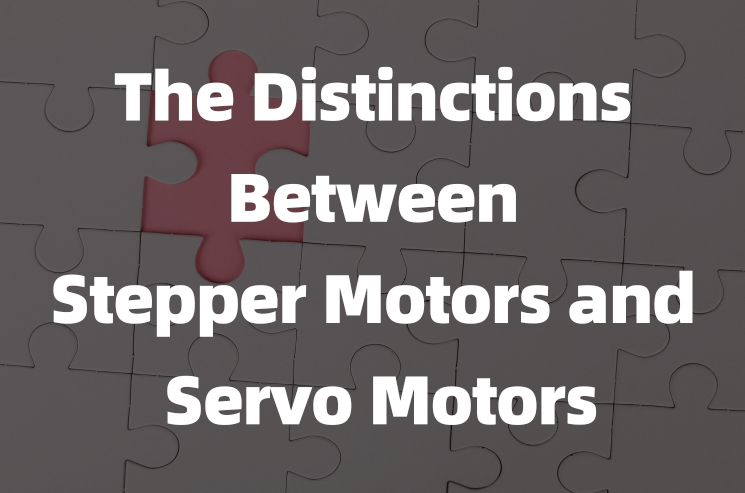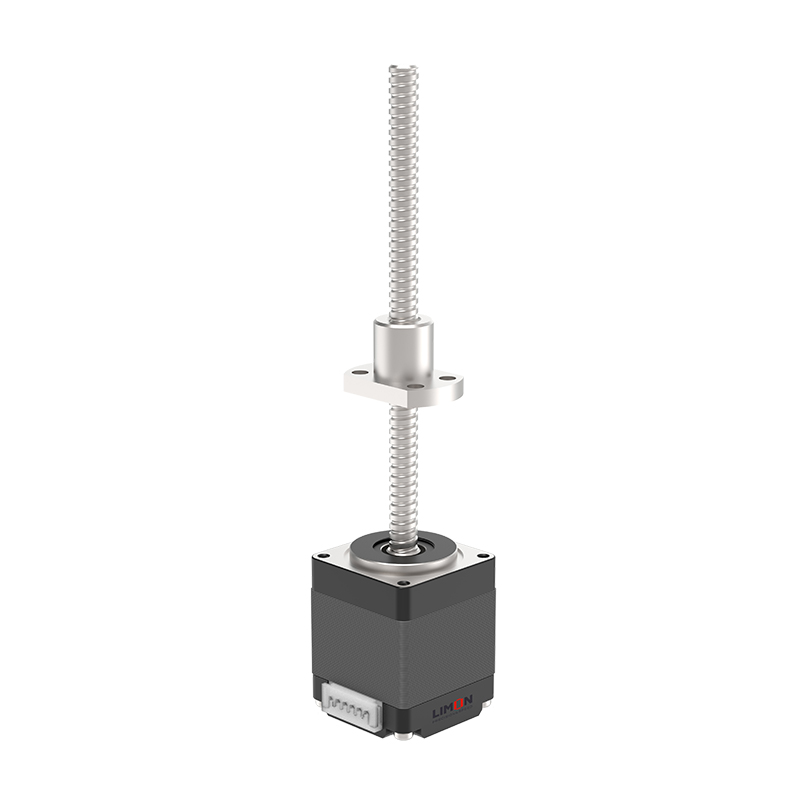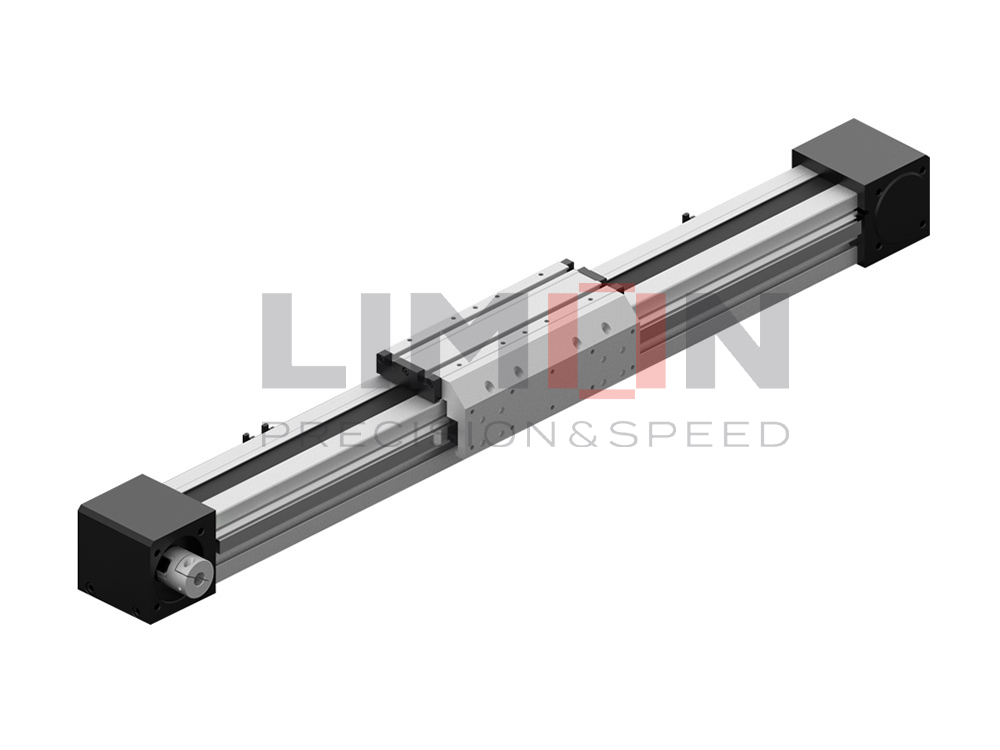In the dynamic realm of motion control, the decision between stepper motors and servo motors holds significant weight and is contingent upon the precise requirements of a given application. This exploration aims to elucidate the fundamental differences that distinguish these two motor types.

Control Principle: A pivotal contrast lies in the control principle. Stepper motors operate by moving in precise steps, responding to digital pulses, whereas servo motors leverage feedback from encoders, continuously adjusting for deviations from the desired position. This section will delve into the implications of these control mechanisms on motor performance and accuracy.
Torque and Speed: Another key differentiation surfaces in the realm of torque and speed. Stepper motors excel in holding torque at standstill but may encounter a drop in torque at higher speeds. Conversely, servo motors maintain torque consistently across a range of speeds, positioning them as the preferred choice for dynamic applications. This segment will provide insights into the torque and speed characteristics of each motor type.
Complexity and Cost: The decision-making process further involves considering the complexity and cost of the motor systems. Stepper systems often boast simplicity and cost-effectiveness, making them suitable for applications that do not demand high dynamic performance. In contrast, servo systems, with their sophisticated feedback mechanisms, introduce complexity but offer superior performance in scenarios with elevated demands. This section will help in weighing the trade-offs between system simplicity and enhanced performance.
Informed Decision-Making: Ultimately, choosing between a stepper motor and a servo motor is a decision that depends on the specific demands of the application at hand. As we navigate through this guide, nuances in performance, control mechanisms, and application scenarios will become clearer, providing valuable insights for making an informed choice. Whether your priority is precision, dynamic responsiveness, or cost-effectiveness, this exploration aims to equip you with the knowledge needed to make a confident decision in the realm of motion control.

.jpg)


